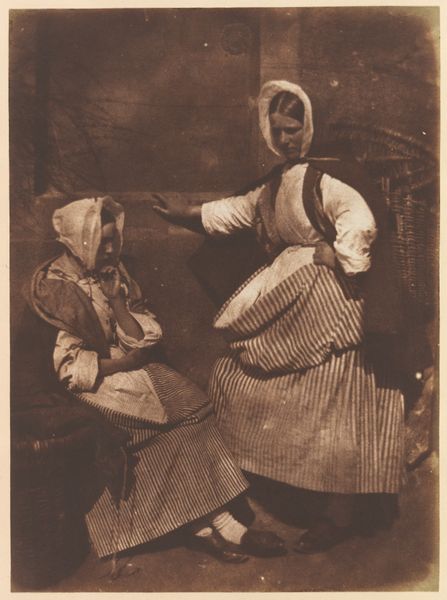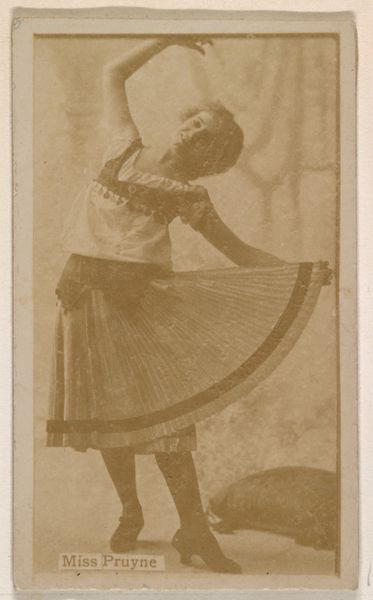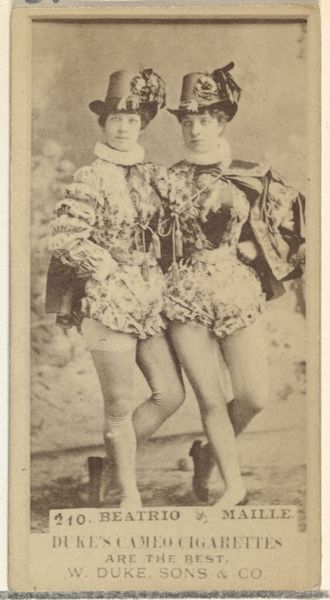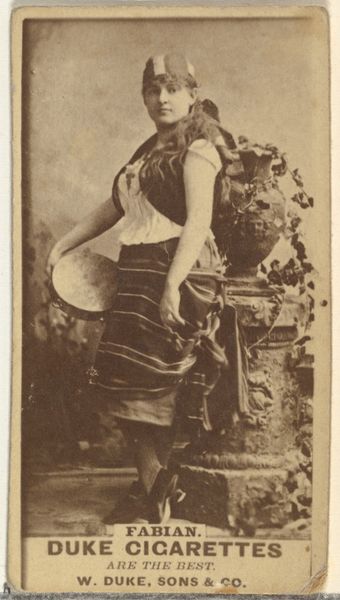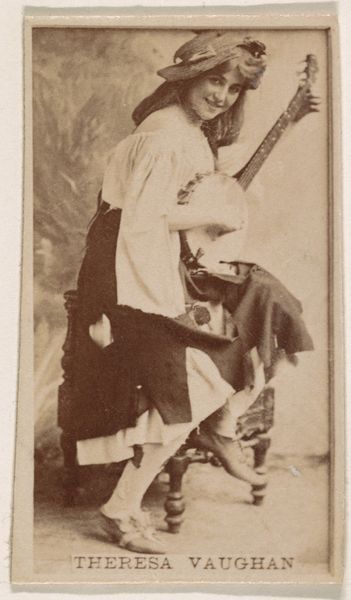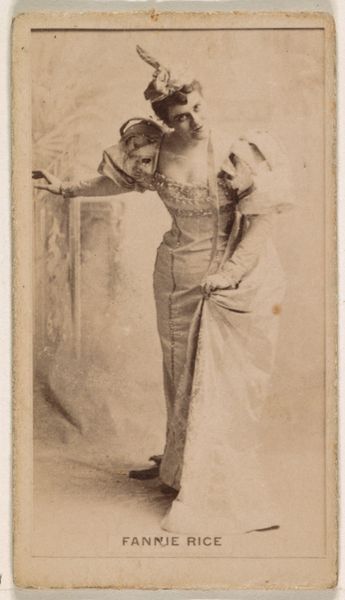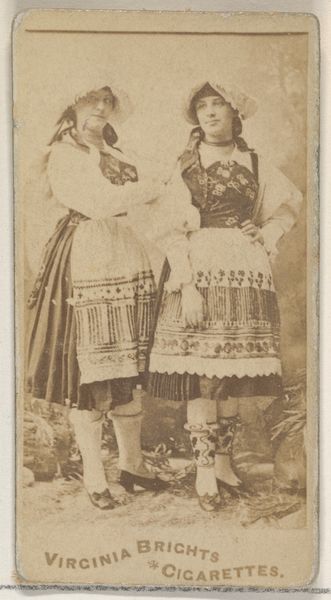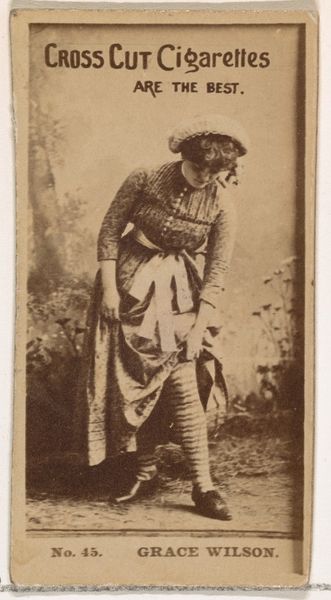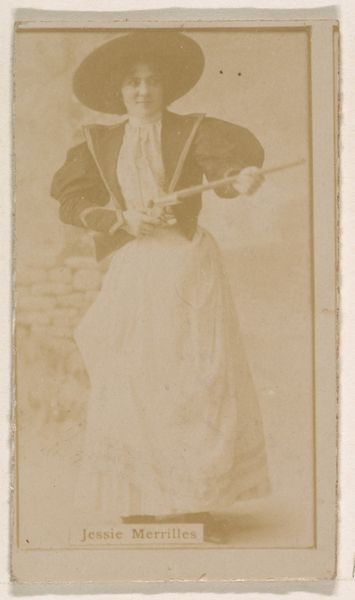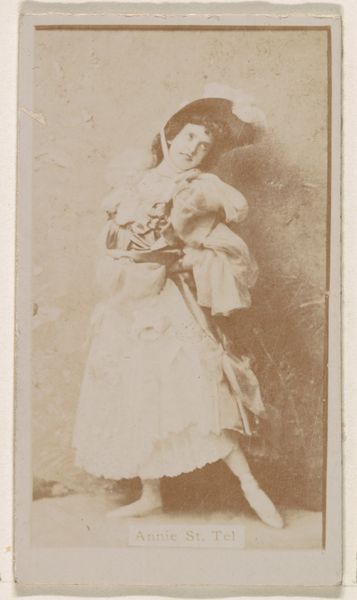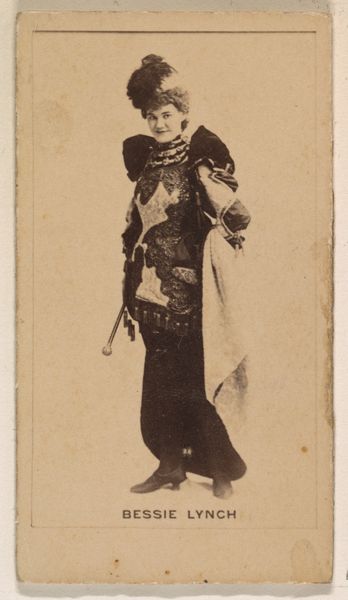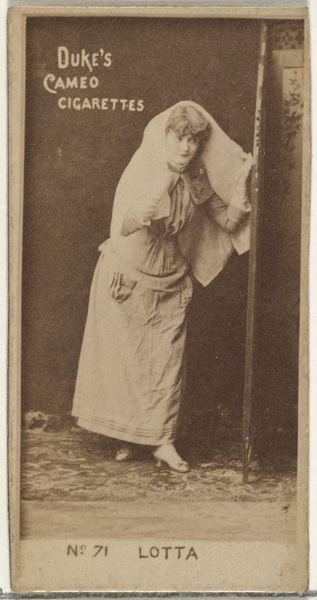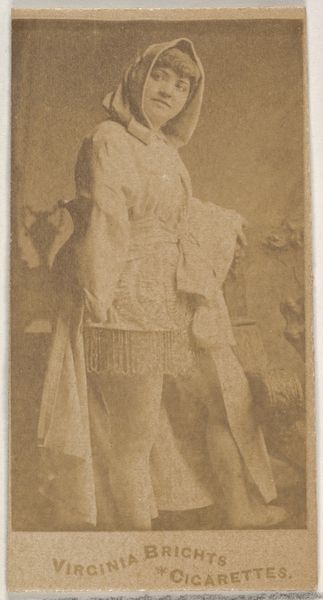
photography
#
portrait
#
photography
Copyright: Public Domain
This photograph by Hill and Adamson, made around the 1840s, is a compelling example of early photographic art. Using the calotype process, they captured the image on paper coated with silver iodide. What’s fascinating is how this material and process influenced the final result. The inherent qualities of the paper, combined with the developing process, result in soft focus and tonal range. The image appears almost painterly, which was no accident. Photography at the time was deeply entwined with painting, both emulating and challenging it. Hill and Adamson were keen to portray the everyday life and labor of ordinary people. The amount of work involved in early photography was considerable, from preparing the chemicals to posing the subjects for extended periods. This contrasts with our current world of instant digital images and automated production. Looking at this photograph, we are reminded of the labor, politics, and social contexts of the era. It bridges the gap between fine art and the realities of daily life, emphasizing the importance of materials, making, and context in understanding its full meaning.
Comments
No comments
Be the first to comment and join the conversation on the ultimate creative platform.
